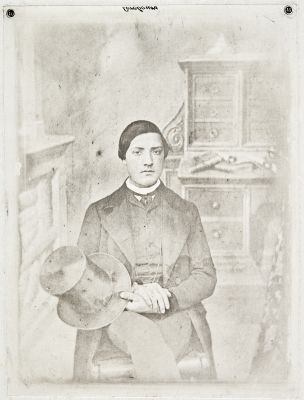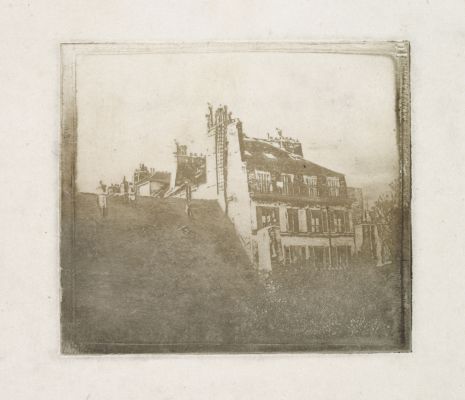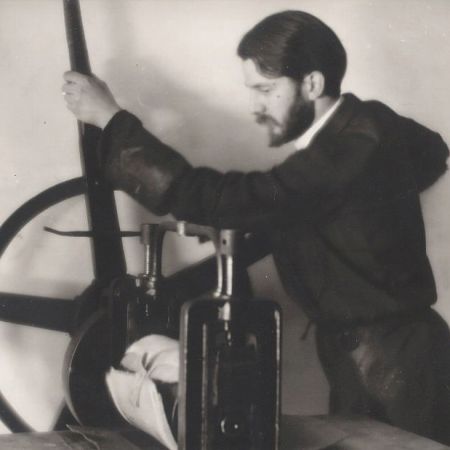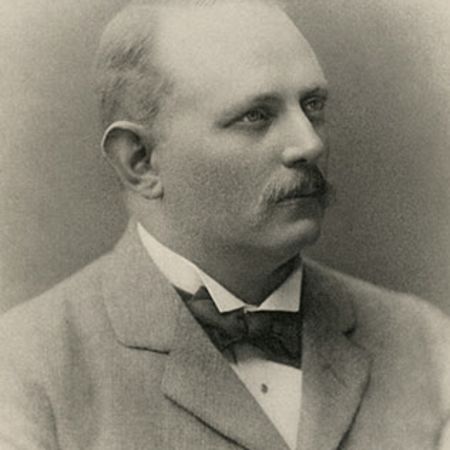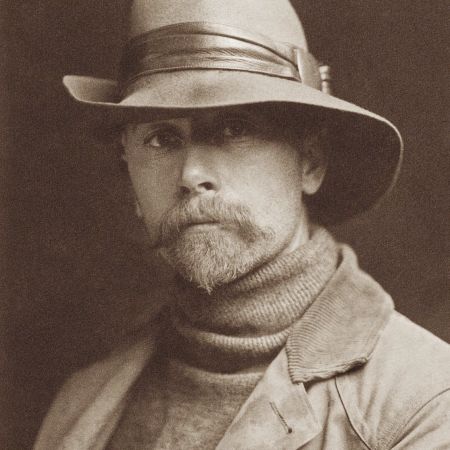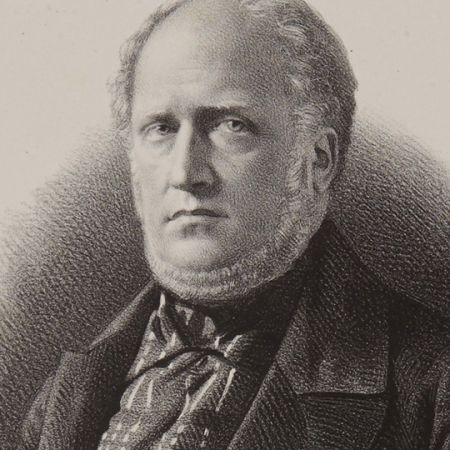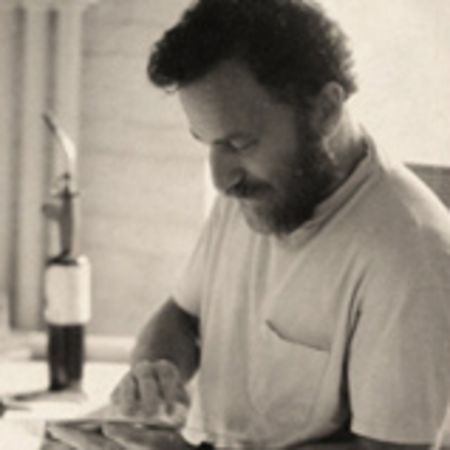Hippolyte Fizeau
French, 1819-1896
View all works on Photogravure.com
Hippolyte Fizeau was French physicist who became fascinated with the potential reproducibility of daguerreotype photography soon after it was announced in 1839. Encouraged by the engraver Lemaître, and assisted by the aquatinter Johann Hürlimann, Fizeau’s experiments focused on adapting the traditional etching process to the daguerreotype plate in an effort to reproduce the image. Fizeau’s experiments with photomechanical printing are often overshadowed by his work on the velocity of light and wavelengths.
In 1840, described to the French Academy of Sciences, Fizeau developed a method of increasing the brilliance of daguerreotypes by toning the image with a solution of gold chloride. In 1841 Fizeau patented a process for etching daguerreotypes by converting the silvered daguerreotype plate into an intaglio printing plate, and printing the duplicated image on paper. In 1842 his process was used for three illustrations in Lerebours’ Excursions Daguerriennes–two of which were true photogravures produced by the Fizeau process from actual photographs. These prints mark the first illustrations in book form to be created by a photomechanical process.
Fizeau’s complicated and expensive method soon lost favor when the reproducibility challenge seemed to be solved by Talbot’s printable calotype paper negative. It wasn’t until the impermanence of these calotypes and prints became an issue that attention was returned to photogravure in 1853.

